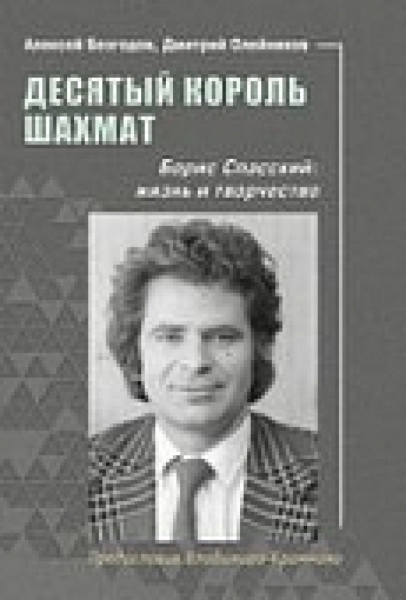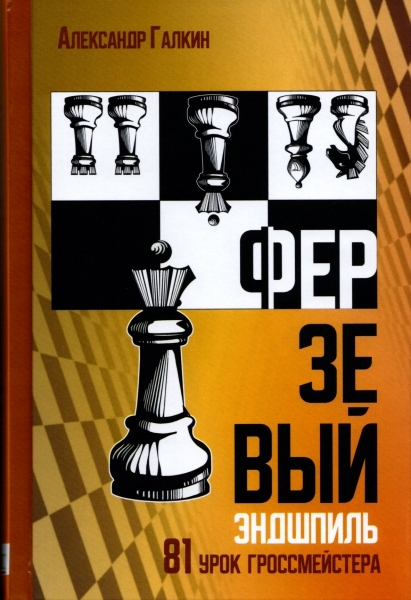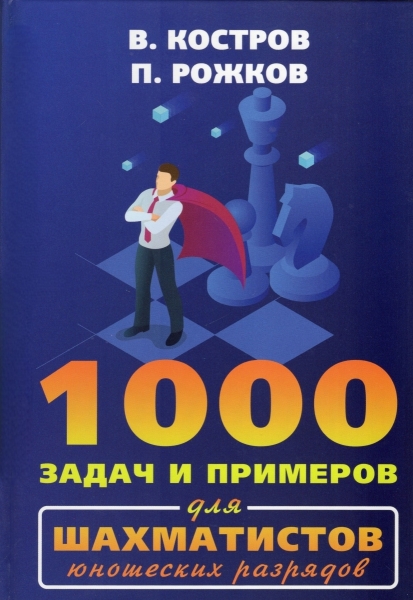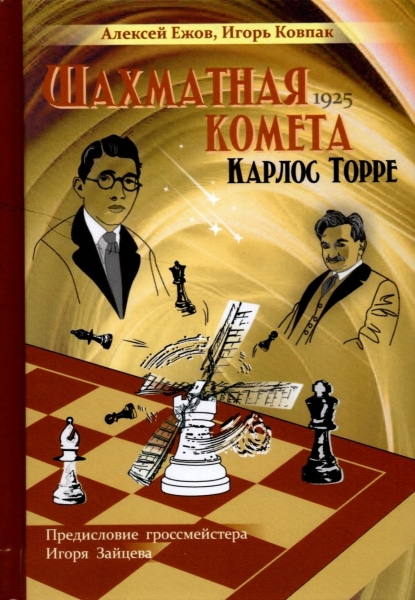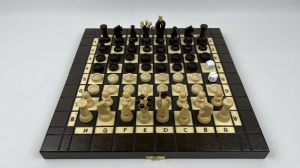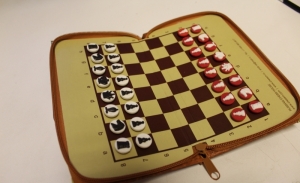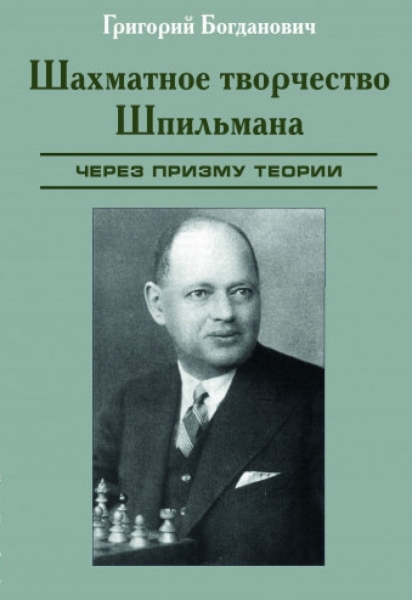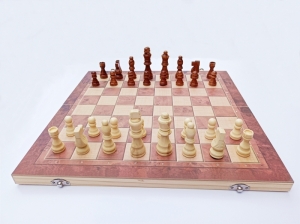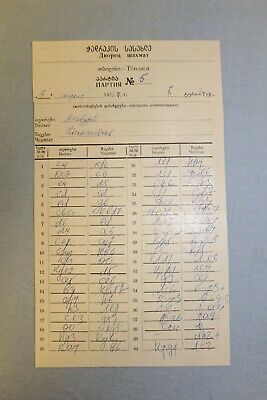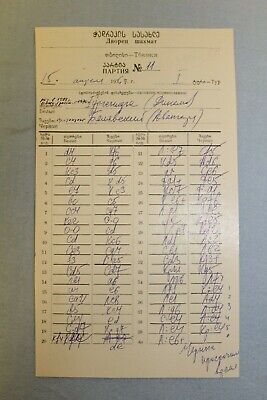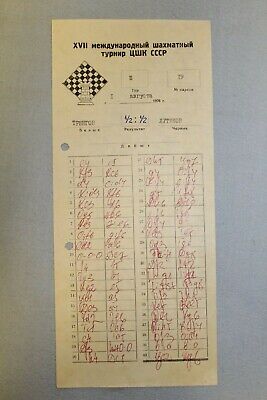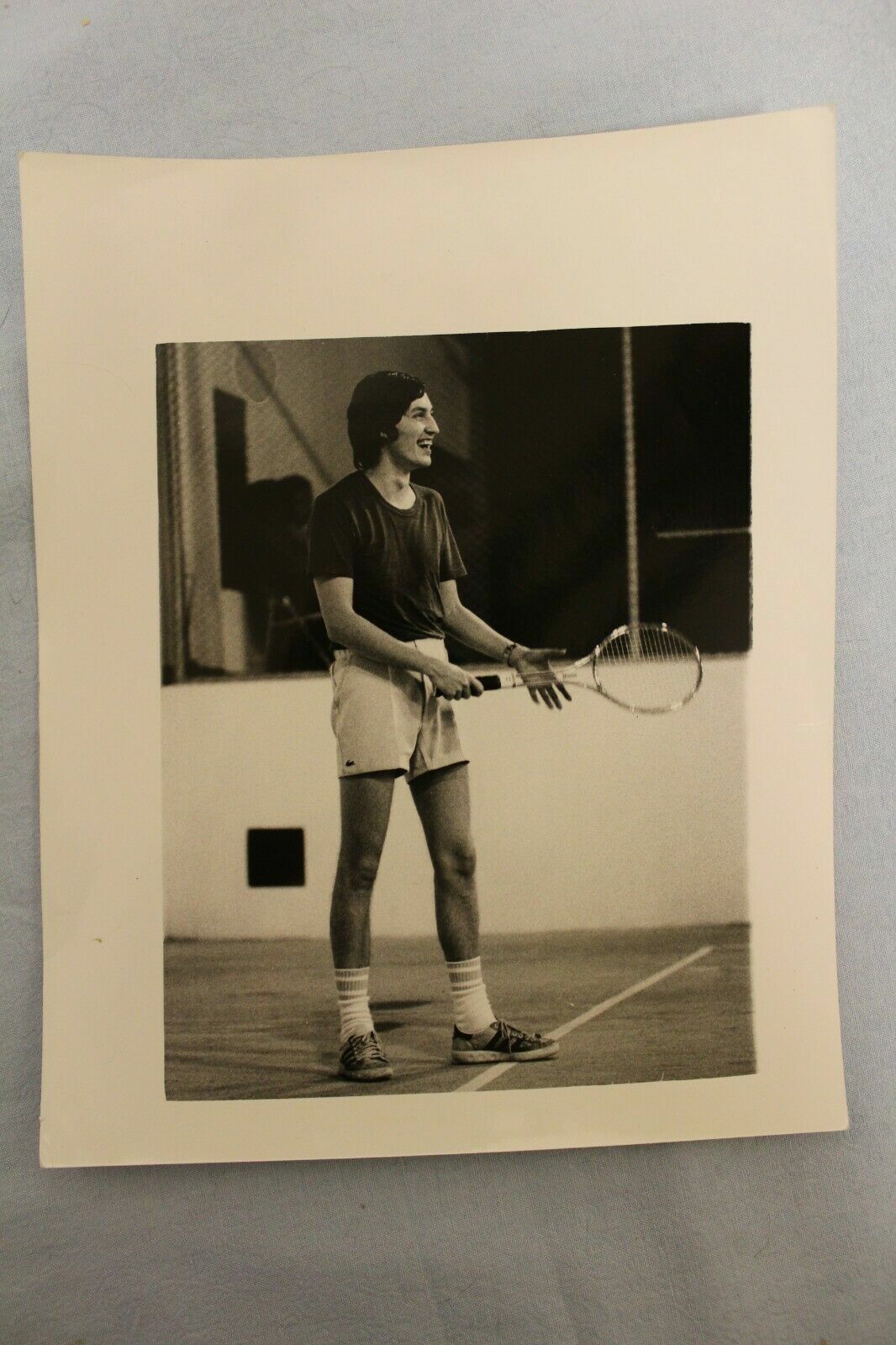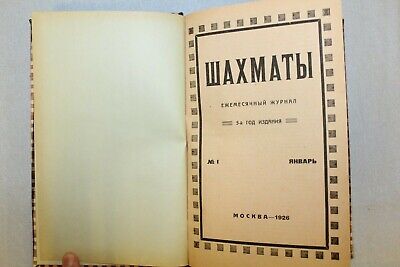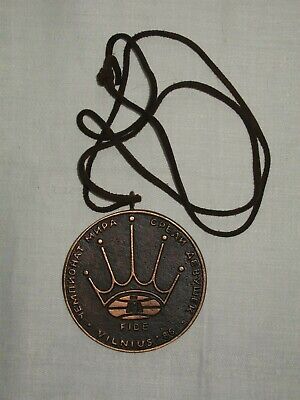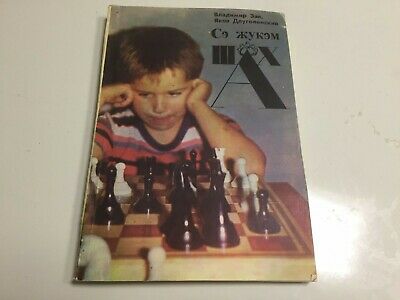eBay items
-
50.00 $
XVII International Chess Tournament of the USSR CSHK Bronstein - Plachetka Scoresheet of Plachetka. Signed by Bronstein and Plachetka David Ionovich Bronstein was a Soviet and Russian chess player. Awarded the title of International Grandmaster by FIDE in 1950, he narrowly missed becoming World Chess Champion in 1951. Bronstein was one of the world's strongest players from the mid-1940s into the mid-1970s, and was described by his peers as a creative genius and master of tactics. Also a renowned chess writer, his book Zurich International Chess Tournament 1953 is widely considered one of the greatest chess books ever written. Ján Plachetka (born February 18, 1945) is a chess Grandmaster from Slovakia. He was awarded the GM title in 1978. He shared the 1st place at Polanica Zdrój 1975, was 1st at Sofia 1979, 1st at Trnava 1979, and shared the 1st place at Strasbourg 1985. He was also a member of the Czechoslovak Chess Olympiad teams from 1980 to 1986.[1] Condition: very goodArt PK5
-
62.00 $
The 22th of July, 1975. VI Spartakiad of Nations of the USSR Mark Taimanov - Zaichik Scoresheet of ZaichikАрт пк1
-
40.00 $
The 15th of April, 1976, Tbilisi Alburt - Kakageldiev Scoresheet of Kakageldiev.Арт пк1
-
70.00 $
The 15th of April, 1976, Tbilisi Buhuti Gurgenidze (Dinamo) – Aleksandr Belyavsky (Avangard). Scoresheet of Belyavsky.Арт пк1
-
57.00 $
The scoresheet from the XVII International Chess Championship of the Central Chess Club, USSR. The 1st of August 1976. G. Tringov - A. Lutikov. Scoresheet of G.Tringov.Арт пк1
-
45.00 $
Photo of the Soviet grandmaster Anatoly Karpov playing tennis Size: approx. 25x20,5 Art PK4
-
165.00 $
Arefyev Alexander Dmitrievich (1931-1978) "Urban landscape". 1964. Paper, linocut, 27.5×31.6 cm. Under the image the author's inscription in graphite pencil: "Urban landscape, linocut. A. Arefyev 64 g." Painter, graphic artist, sculptor. He received his initial art education in the art Studio of the Palace of pioneers named after A. A. Zhdanov (1941). M. A. Gorokhova, S. D. Levin tought him. He studied at the Leningrad secondary art school (1944-1949; expelled), the Leningrad sanitary and hygienic medical Institute (1954-1956) for the purpose of professional study of anatomy. In 1956 he was arrested and convicted of falsifying medical prescriptions, in 1959 he was released; in 1965 he was again convicted of hooliganism. He lived in Leningrad, in 1977 — emigrated; briefly lived in Austria, then moved to Paris. Representative of the informal Leningrad art of the 1950s—1970s. He was friends with artists M. M. Shemyakin, V. G. Traugot, V. N. Shagin, R. R. Vasmi, N. Ah. Schwartz. Creativity is represented in many Museum collections, among them — the State Russian Museum, the State Museum of the history of St. Petersburg, the State Tretyakov gallery, the art Museum "Zimmerly" in new Brunswick (new Jersey).
-
150.00 $
Complete yearly set of issues of the Chess in the USSR magazine. 12 issues Published: OGIZ Phiskultura I Turism, Moscow-Leningrad, 1937 Language: Russian Chess in the USSR-Soviet chess monthly magazine, the printed body of the Chess Federation of the USSR. The magazine was founded in 1931 on the basis of the magazine "Chess sheet". As of 1987, it was distributed in 50 countries, the total circulation: 52 thousand copies. History 1921: began publication "The Sheet of the Chess Club Petrovskomu". The first issue on 20 April (and all subsequent) was a piece: on the front side was given two game of chess, two chess and chronicle of events was located on the reverse side. The circulation was 200 copies By the end of the year was released 34 of the sheet (print up to 500 copies), and then publication was suspended. August 1922: the publication was renamed "Chess sheet" and became a magazine, an organ of the Petrograd chess Assembly (circulation up to 1 thousand copies). In 1923, the magazine participated in the campaign to create the all-Russian chess Union, and then became its printing body. After the III all-Union chess Congress (1924) the magazine was handed over to the all-Union chess section of the Supreme Council of physical culture. 1931: from the 13th issue the magazine was named "Chess in the USSR". The first years were printed in Leningrad, from 1938-in Moscow. 1941-1945: during the war the magazine was not published. 1992: after the collapse of the USSR, Chess in the USSR was merged with Express chess and renamed Chess Bulletin. 1995: renamed Chess in Russia. 1999: the journal was discontinued. Арт ек22
-
185.00 $
Complete set of issues of the “Chess” magazine. 12 issues Published: Moscow, 1926 Language: Russian арт ек22
-
28.00 $
Size: approx. 7,5 cm in diameter 0,5 cm thikness Арт ек23
-
25.00 $
Up for sale is a Soviet Moldovan chess book - "I Play Chess" by V. Zak & Y. Dlugolensky Book on Moldavian, with examples of chess games. If you need more photos or info - please feel free to message us! AUTHOR - V. Zak & Y. Dlugolensky PUBLISHING - Moldova, USSR YEAR - 1984 STYLE - Light cover PAGES - 221 Worldwide shipping option is available! Feel free to ask any questions please. What you see is what you get, for more info or photos - please message us! Арт ек17
-
205.00 $
Sakhnenko Ivan Vladimirovich (b. 1955) "Garden. Winter.» 1986 oil on Canvas, 37×31 cm. On the back inscription: "Sakhnenko / Ivan / Garden. Winter / 86". Safety: craquelure of the paint layer. Nonconformist artist. He was born in a family of artists — sculptor Zoe Ryabchenko and famous ceramist and artist Vladimir Sakhnenko. A few years after school he worked as a prop in the Tula youth Theatre. In 1977 he entered the Penza art school at the Department of sculpture. Opposition to ideological pressure ended with expulsion from the school in 1979. He entered the Minsk art school, which he soon dropped out, deciding that from independent studies will be more useful. Meets like-minded artists: Valery Krasilnikova, Avetik, Sergey Naumov, Vladimir Tryamkina. In different combinations and compositions they hold joint exhibitions and other events. A lot of work was done during his travels: Germany, Italy, France, Czech Republic (1990s); Tunisia, Turkey, Montenegro, Ethiopia, Kyrgyzstan (2000-2013). In 1997, together with the Studio "Kadabra" works on the Internet (antiproduct 13.ru, cadabra.ru etc.). Lives in Tula.
-
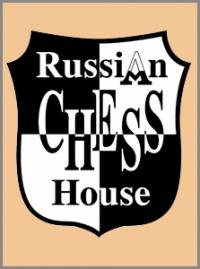 The life of a chess player in the system. Memories of the grandmaster
Author:
The life of a chess player in the system. Memories of the grandmaster
Author:
Averbah 45.00 $ -
 Три матча Ботвинник-Смыслов
Author:
Три матча Ботвинник-Смыслов
Author:
Botvinnik 45.00 $ -
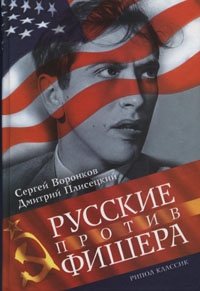 Russians vs Fisher
Author:
Russians vs Fisher
Author:
Voronkov 65.00 $ -
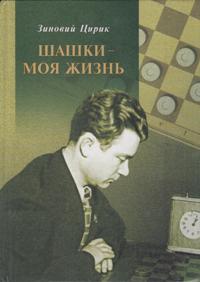 Checkers is my life
Author:
Checkers is my life
Author:
Ciric 87.50 $ -
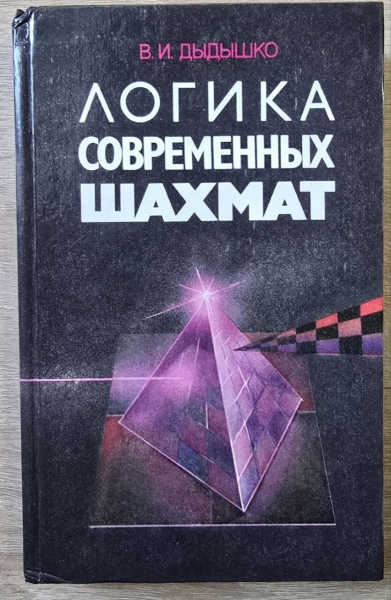 The logic of modern chess
Author:
The logic of modern chess
Author:
Dydyshko 72.50 $ -
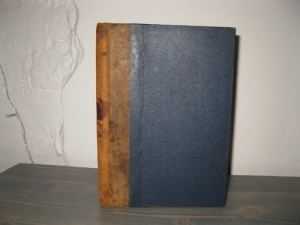 Siegbert Tarrasch. The Queen
Author:
Siegbert Tarrasch. The Queen
Author:
Tarrash 72.50 $ -
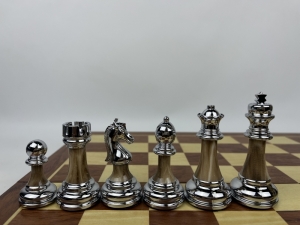 High quality acrylic metal heavy chess pieces with wooden board
202.50 $
High quality acrylic metal heavy chess pieces with wooden board
202.50 $
-
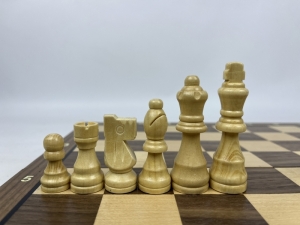 Wooden magnetic Staunton chess with a lock (silver)
56.25 $
Wooden magnetic Staunton chess with a lock (silver)
56.25 $
-
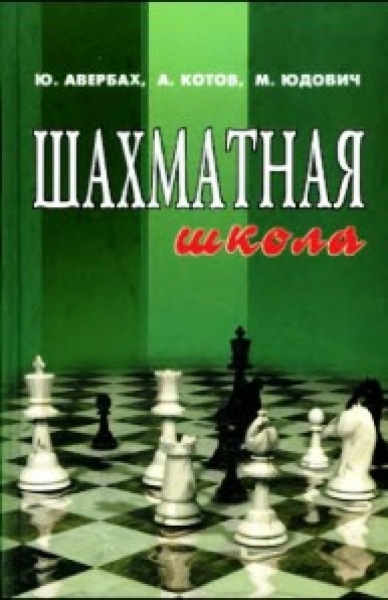 Chess school
Author:
Chess school
Author:
Averbah 15.00 $ -
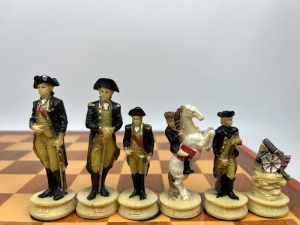 The chess set of The Chessmen. US war - Great Britain
325.00 $
The chess set of The Chessmen. US war - Great Britain
325.00 $
 Русский
Русский  Английский
Английский 
